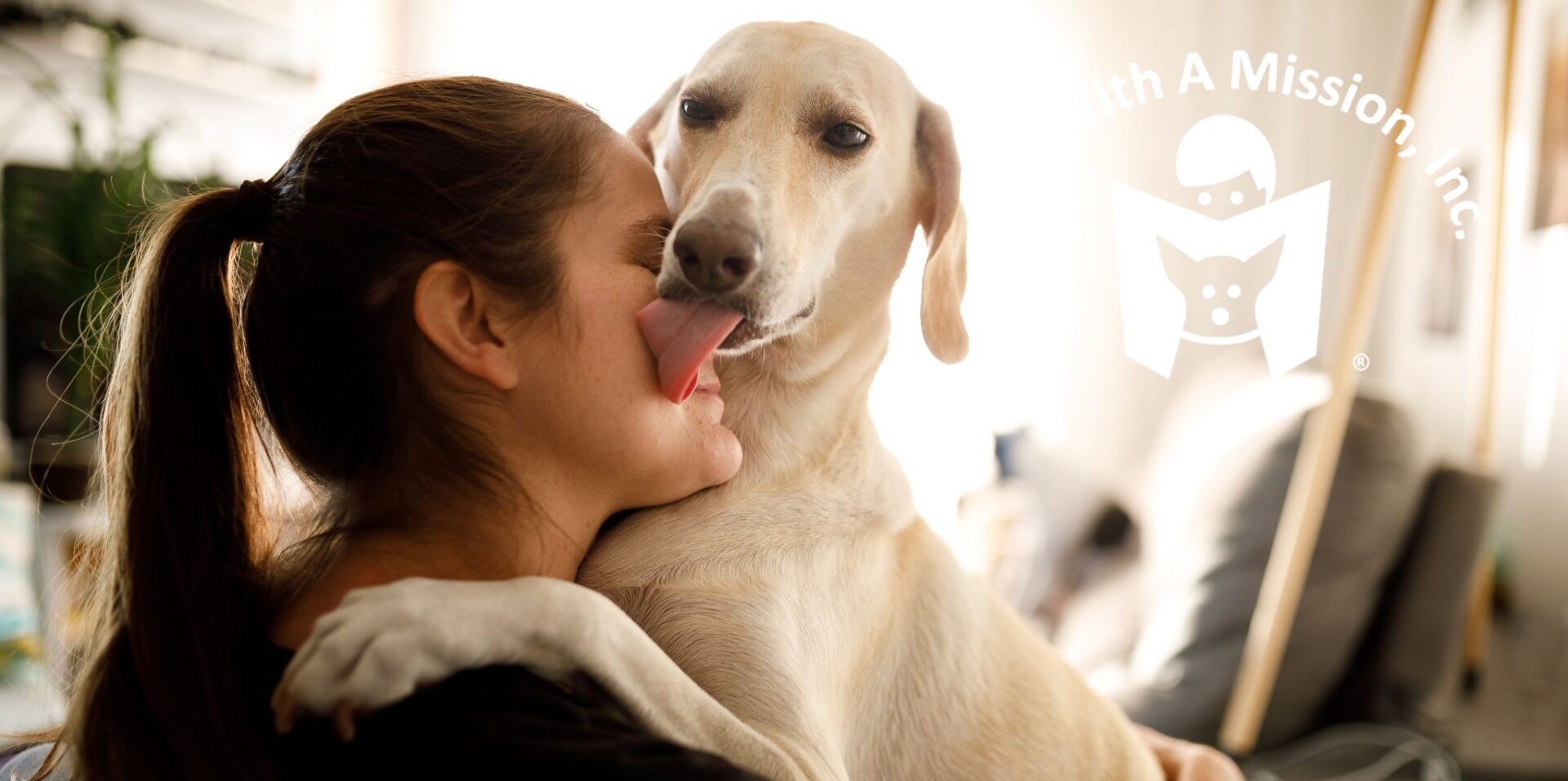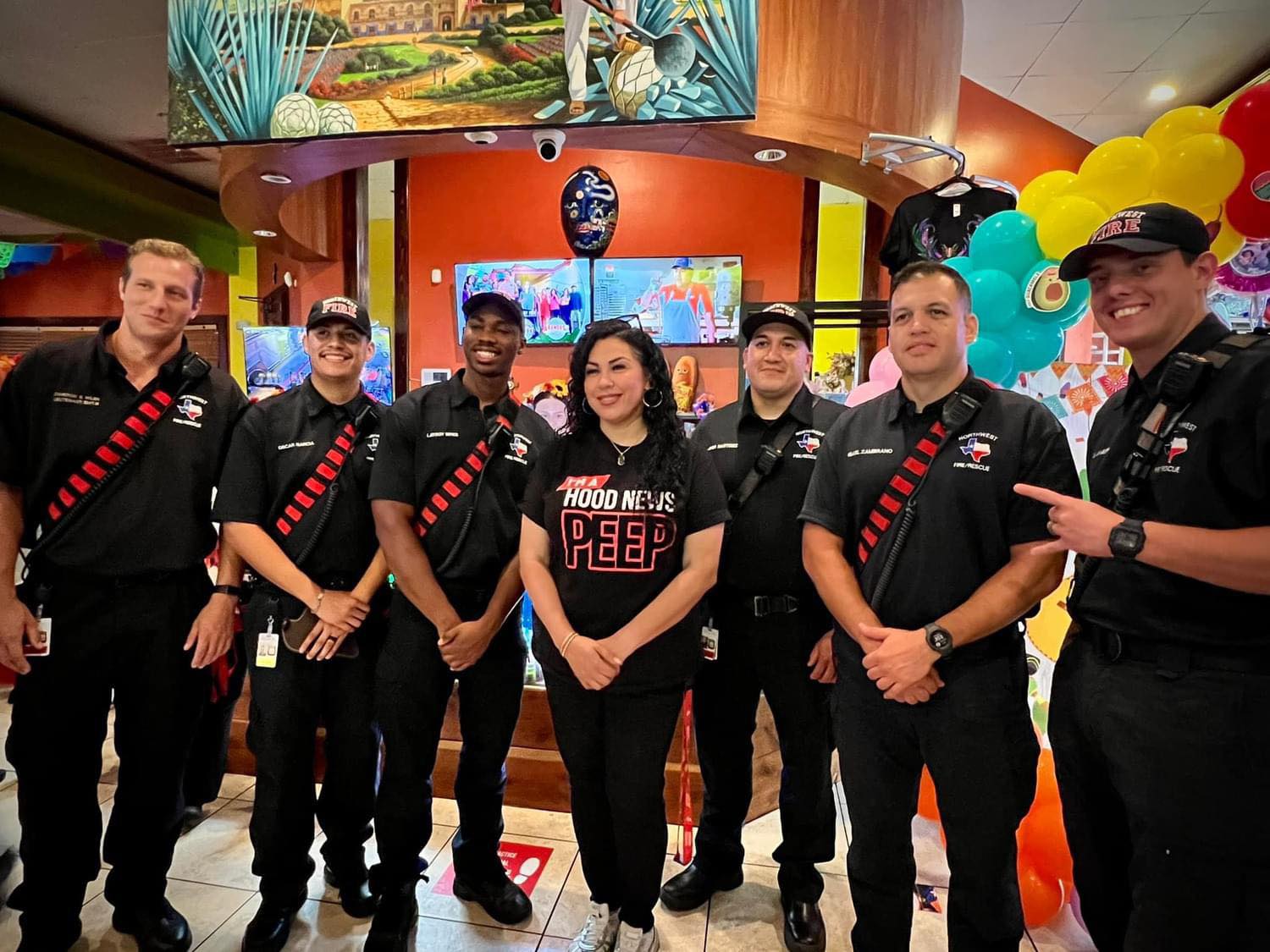More Tales of Therapy Dog – Part 3
Therapy dogs are animals who love being around people, even strangers. They have the ability to connect with many people. Working with their handler, they become a therapy team. They go to schools, hospitals, and health care facilities to visit people. Below are few true stories about things that the teams experienced on their visits.
Dee, a cattle dog, and her handler were at the hospital for one of their weekly therapy visits. They exited the elevator and turned right. The first room they came to was occupied by a woman who was lying in bed and facing away from the entry door. The handler knocked and asked the lady if she wanted a visit by a therapy dog. The woman said yes and rolled over so fast the handler thought she would fall out of bed. The woman opened up her arms to Dee. Dee immediately walked over to the bed and gave herself a paws up (front legs up on bed with back legs remaining on the floor), something she had never done before. The woman hugged Dee and did not let go. The handler watched Dee closely to see if she was okay with the hug or if the handler needed to intervene. Dee was good with it, so, the handler stood there while the woman hugged and talked with the dog therapist. She stood there holding the leash for five or six more minutes. Finally, the woman released Dee and acknowledged the handler. She said she really needed a visit with a dog that day. She was happy and less stressed when the team exited the room. Then the team continued down the hall for other visits.
On a cool March day, Roxie, a Chihuahua-Corgi mix, and her handler walked up to volunteer desk at the hospital to sign in and begin their therapy visit. One of the auxiliary volunteers informed the handler that a lady in a room on the second floor had a service dog with her. The handler thanked him and said she would watch out for the dog. The team visited several rooms. Halfway down a hallway, the handler noticed a closed door with a sign on it advising that a service dog was inside. The team skipped that room and continued their visits. Once their therapy visits were done, they headed to elevator to leave. As they neared a cross hallway, a woman and her Boxer rounded the corner and moved in the team’s direction. The Boxer saw Roxie and began pulling toward her. The woman did not make much effort to keep her dog away from Roxie. The handler quickly picked up Roxie from the middle of the hall and moved her between the handler’s body and the wall to get her away from the other dog. The team continued on their way down the hall as the woman and her dog moved off in the opposite direction. While waiting for the elevator, the handler quietly told a nurse that they frequently saw during visits that based on the dog’s behavior (poorly trained) it was probably an emotional support dog rather than a service dog. The nurse said she and other staff suspected that but the hospital cannot challenge the woman claims that it is a service dog. Dogs like that Boxer give service dogs a bad name and make it harder for individuals with legitimate service dogs to be welcomed in places that they are legally entitled to visit. Another issue is that the large Boxer could have very easily gone after and injured the much smaller Chihuahua.
Three therapy dog teams visited a local elementary school once a week for two hours. The dogs were a terrier mix, a Cardigan Welsh Corgi, and a Chihuahua mix. The three dogs were rescues who volunteered with their handlers. All three teams worked in a large room where each team took a separate corner of the space. Each handler spread out a blanket on the floor and the dogs sat on the blankets and waited for the children. During the therapy visit, teacher selected third grade students read stories to the dogs. A child would read to one dog for twenty minutes. Then, the first group of three students returned to their classes and another group of three students arrived for their turn reading to the dogs. On that particular day, only two children showed up for their assigned reading time. The third child, a little boy, was taking a test so he was absent. After all the groups read stories to the dogs and returned to their classrooms, the visits ended. The handlers folded up the blankets and put away the books. They put on their jackets and leashes in hand, they headed toward the door to leave. Just then, the boy who had been absent showed up. He was crying because he missed his turn reading to a dog. The handlers looked at each other and nodded. One handler told him that he could read to all three dogs. They removed their jackets, sat down, and handed him a book. The boy sat crossed legged on the floor and all three dogs made a semicircle around him. Ten minutes later, the book was finished and the boy had a huge smile on his face as he went back to his classroom. The handlers went home with big smiles on their faces too.
Therapy teams encounter many things as the conduct therapy visits. Some are happy things and some are more challenging for clients, facility, staff, and for therapy teams. They may see people when they are in stressful or painful situations. The job that therapy teams have chosen to do is to offer a distraction, at least for a few minutes, They want to put smiles on people’s faces and on most visits, that is accomplished.





